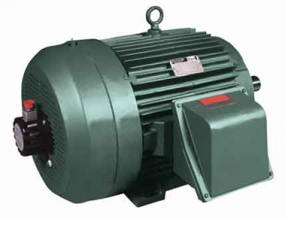Difference between ac and dc electric motors
Difference between ac and dc electric motors
An electric motor is a machine that turns electrical energy into mechanical energy. An electrical signal is applied to the input of the motor, and the output of the motor produces a distinct amount of torque related to the characteristics of the motor. If you compare the attraction and repulsion of the north and south poles of a bar magnet, you’re on your way to understanding what has to happen within the motor. To achieve rotation, there has to be some interaction between magnetic flux produced by electromagnetism within the motor. DC motors and AC motors accomplish this task in different ways.
DC machines can be classified as self-excited, independently excited, permanent magnet (PM), and brushless. Self-excited machines can be further classified as shunt, series, and compound. Compound machines can be further classified as cumulative and differential. Cumulative and differential machines can be further classified as long shunt and short shunt. There are is an array of electrical configurations for a DC machine.
AC machines can be classified as induction, wound rotor, and synchronous. Induction motors can be further classified as 3-phase and single-phase. A 3-phase induction motor can be further classified as delta wound or wyes wound. Single-phase motors can be further classified as split phase, capacitor start, capacitor start/capacitor run, shaded pole, repulsion start, and universal. There are several varieties of AC motors.
The induction motor is frequently referred to as a squirrel cage induction motor. This is due to the fact that the rotor is constructed in a manner similar to a squirrel’s cage. An induction motor has a rotor rotating part and a stator stationary part within the motor covering. As soon as, an AC signal is applied to the stator winding, a rotating magnetic field is produced. This rotating magnetic field induces a signal in the rotor, which then also generates a rotating magnetic field. The interaction of these rotating magnetic fields causes rotation. This is a vital principle to keep in mind because in the case of a DC motor, the magnetic field is not time varying due to the applied signal.
For more information go to Ernest Electro, they offer equipment such as AC and DC motors and more.

